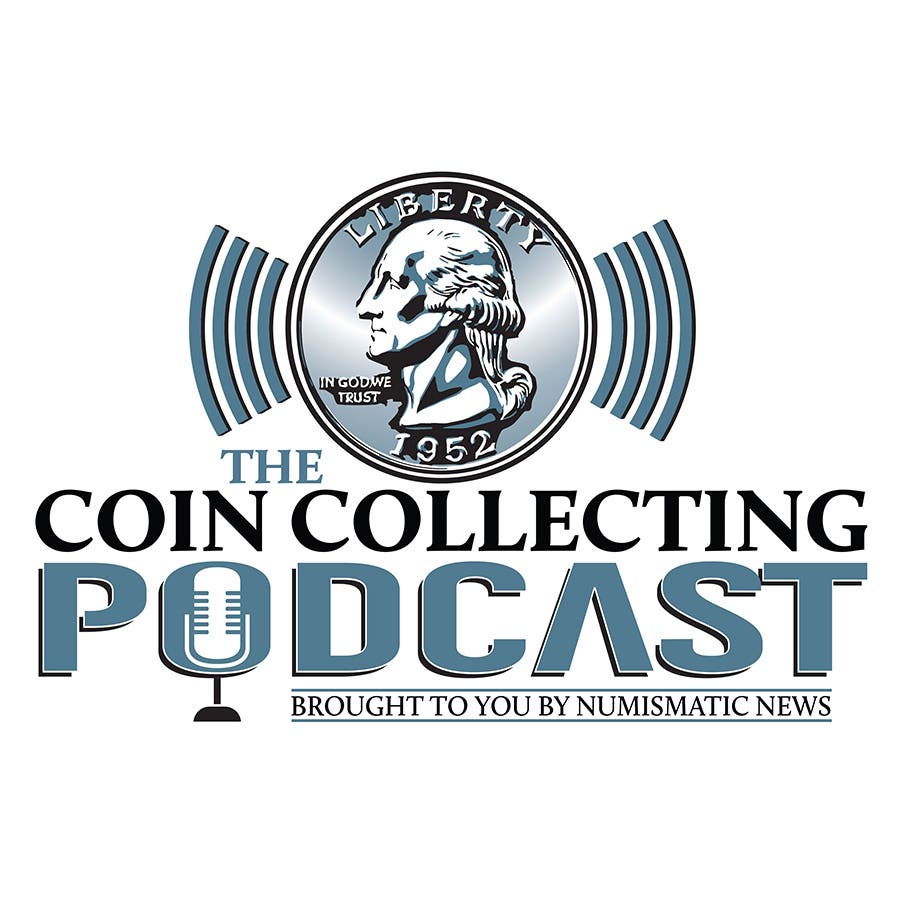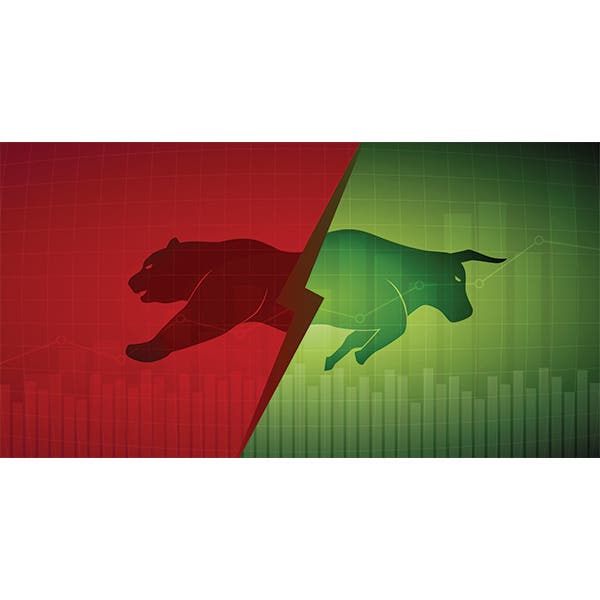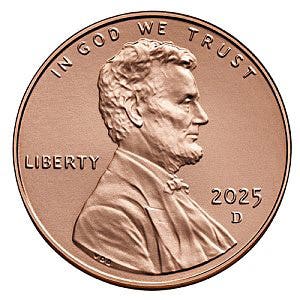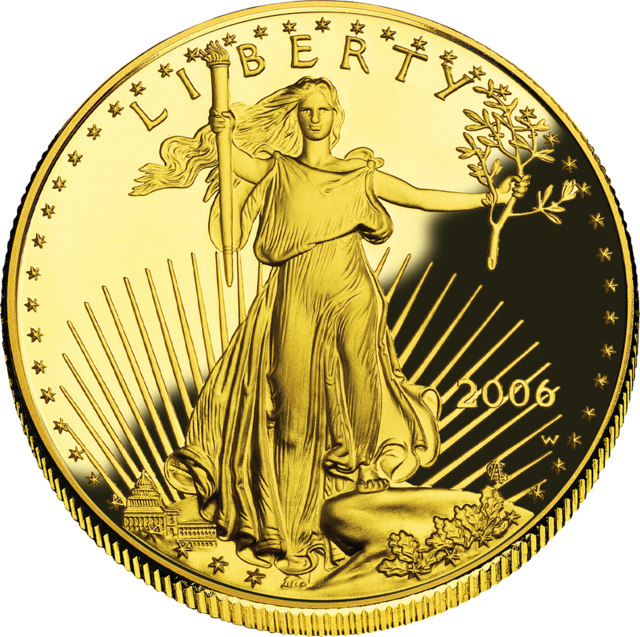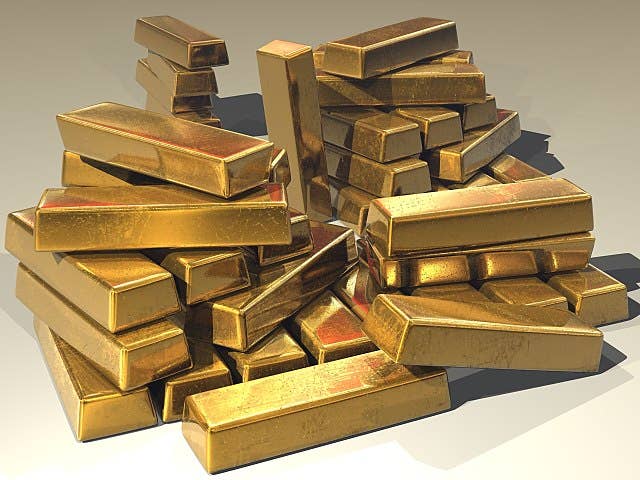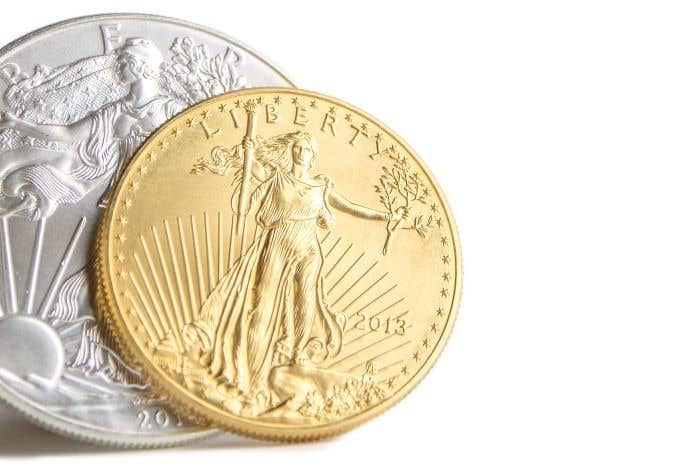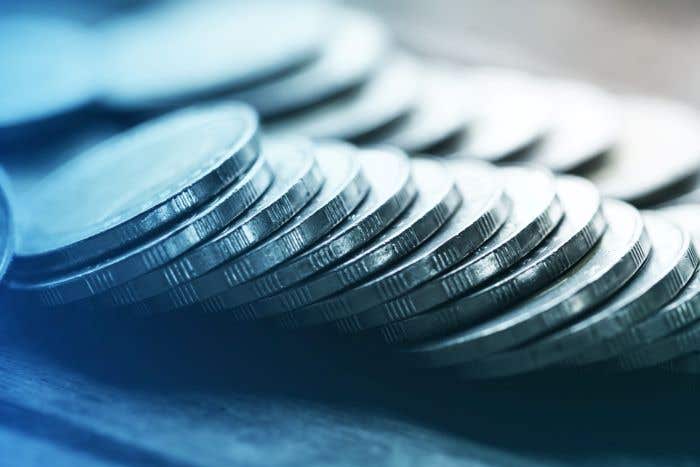Could 3-D Printing Make Mint Coin Production Obsolete?
If a 3-D printer can fabricate something as large as a rocket, it should be comparatively easy to do the same to manufacture coins.
Additive production, using a three-dimensional printer to build something in the desired end piece rather than carving it out of a larger object or assembling it from multiple smaller parts, has rapidly growing technological applications. Already, motor vehicles contain more than 100 3-D-printed components.
In March 2023, the 100-foot-tall Relativity Space Terrain 1 rocket, made entirely from 3-D printed parts, was launched from Cape Canaveral. If a 3-D printer can fabricate something that large, it should be comparatively easy to do the same to manufacture coins.
Three-D printing is turning the manufacturing industry upside-down. It is no longer important to have the plant, equipment, and skilled employees to build something. Instead, the expense is writing the software to control what the 3-D printer creates. Even more revolutionary, it doesn’t matter where that 3-D printer is located or if it might be synchronized with multiple other 3-D printers. Imagine simultaneously manufacturing identical coins on a hundred 3-D printers scattered across hundreds of miles. No more master dies to fabricate and transport to the production line. Even better, there is no waste metal to recycle or dispose of.
With the recent trend of creating coins of various shapes (motorcycles, guitars, rockets, toys, and the like), it would be much easier to print them than have to shape the blanks. It would also be much easier to create three-dimensional coins without having to worry about the problem of distorting metal into the shape. And – think of all the anti-counterfeiting features you could incorporate.
As 3-D printing becomes more prevalent, the cost of using these machines to produce things will decrease. The capital-intensive cost will be in developing the software to create the designs. However, even that cost could come down in the future when artificial intelligence is used. Intellectual property ownership will be more important than who owns the 3-D printer.
True, it might become more difficult to control who can manufacture coins beyond the control of mint officials. And it is also possible that the small-denomination coins may never be of low enough cost to fabricate on a 3-D printer. However, once factories are largely converted to production by 3-D printing, imagine all the possibilities. Would many of the current mint facilities be turned into museums?
Answer to the Previous Trivia Question
Last week, I asked: In what year and in what denomination did a U.S. branch mint issue some coins with the mintmark above the bottom of the wreath on the reverse and some coins with the mintmark below the bottom of the wreath?
The answer is the 1872-S Seated Liberty half dime. These coins were produced in the next to last year when the U.S. Mint struck 90 percent of the silver 5-cent coins. The combined mintage is 837,000, and large enough quantities of both versions are available that they trade at or close to type prices in almost all grades.
This Week’s Trivia Question
Which U.S. coin was struck with no stars on the obverse and 26 stars on the reverse? (Hint: The designer’s surname is spelled out on the obverse.) Come back next week for the answer.
Patrick A. Heller was honored as a 2019 FUN Numismatic Ambassador. He also received the American Numismatic Association 2018 Glenn Smedley Memorial Service Award, the 2017 Exemplary Service Award, the 2012 Harry Forman National Dealer of the Year Award, and the 2008 Presidential Award. Over the years, he has also been honored by the Numismatic Literary Guild (including twice in 2020), the Professional Numismatists Guild, the Industry Council for Tangible Assets, and the Michigan State Numismatic Society. He is the communications officer of Liberty Coin Service in Lansing, Mich., and writes “Liberty’s Outlook,” a monthly newsletter on rare coins and precious metals subjects. Past newsletter issues can be viewed at www.libertycoinservice.com. Some of his radio commentaries, "Things You ‘Know’ That Just Aren’t So,” and “Important News You Need To Know,” can be heard at 8:45 a.m. Wednesday and Friday mornings on 1320-AM WILS in Lansing (which streams live and becomes part of the audio archives posted at www.1320wils.com).
You may also like:



